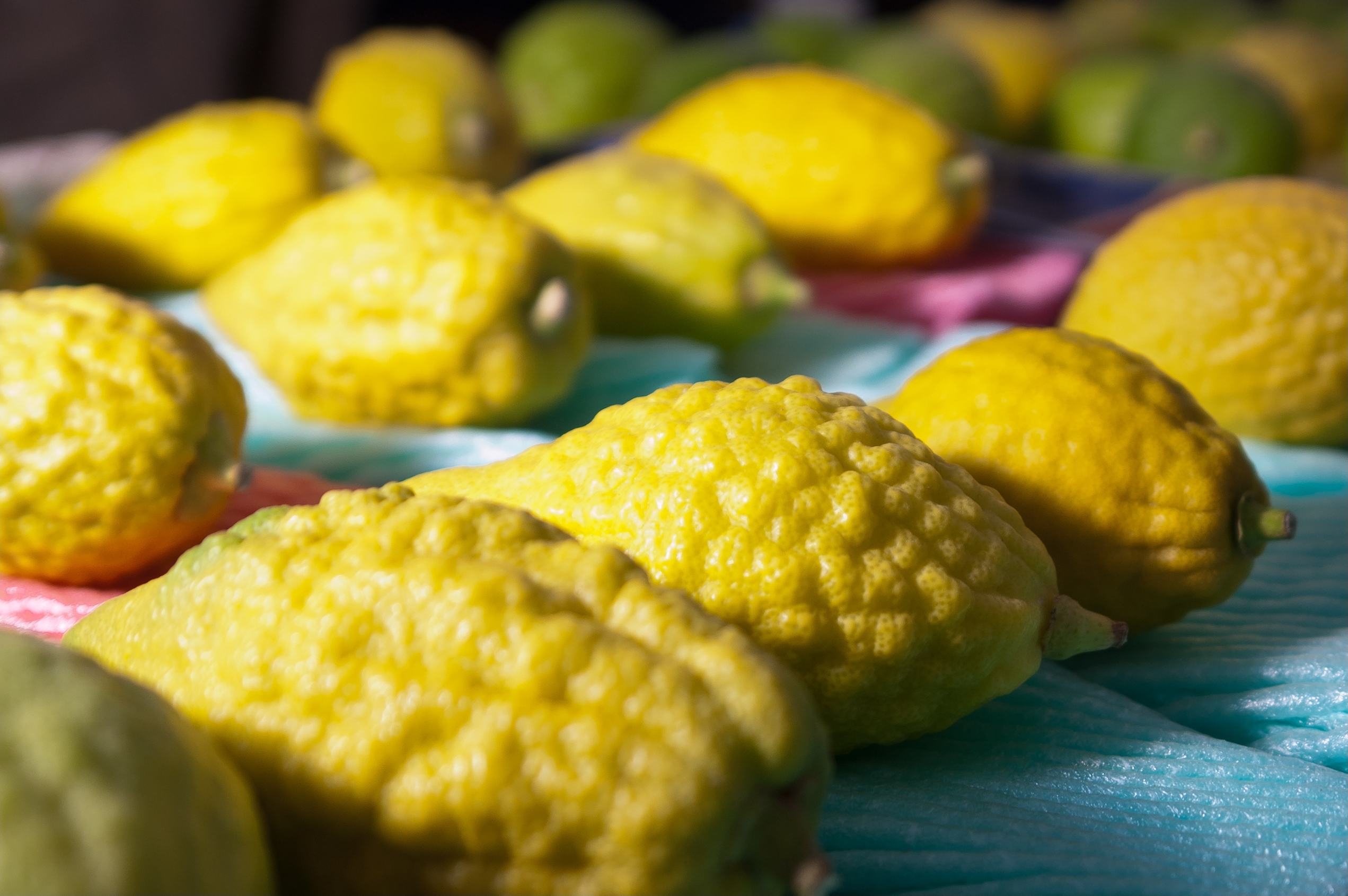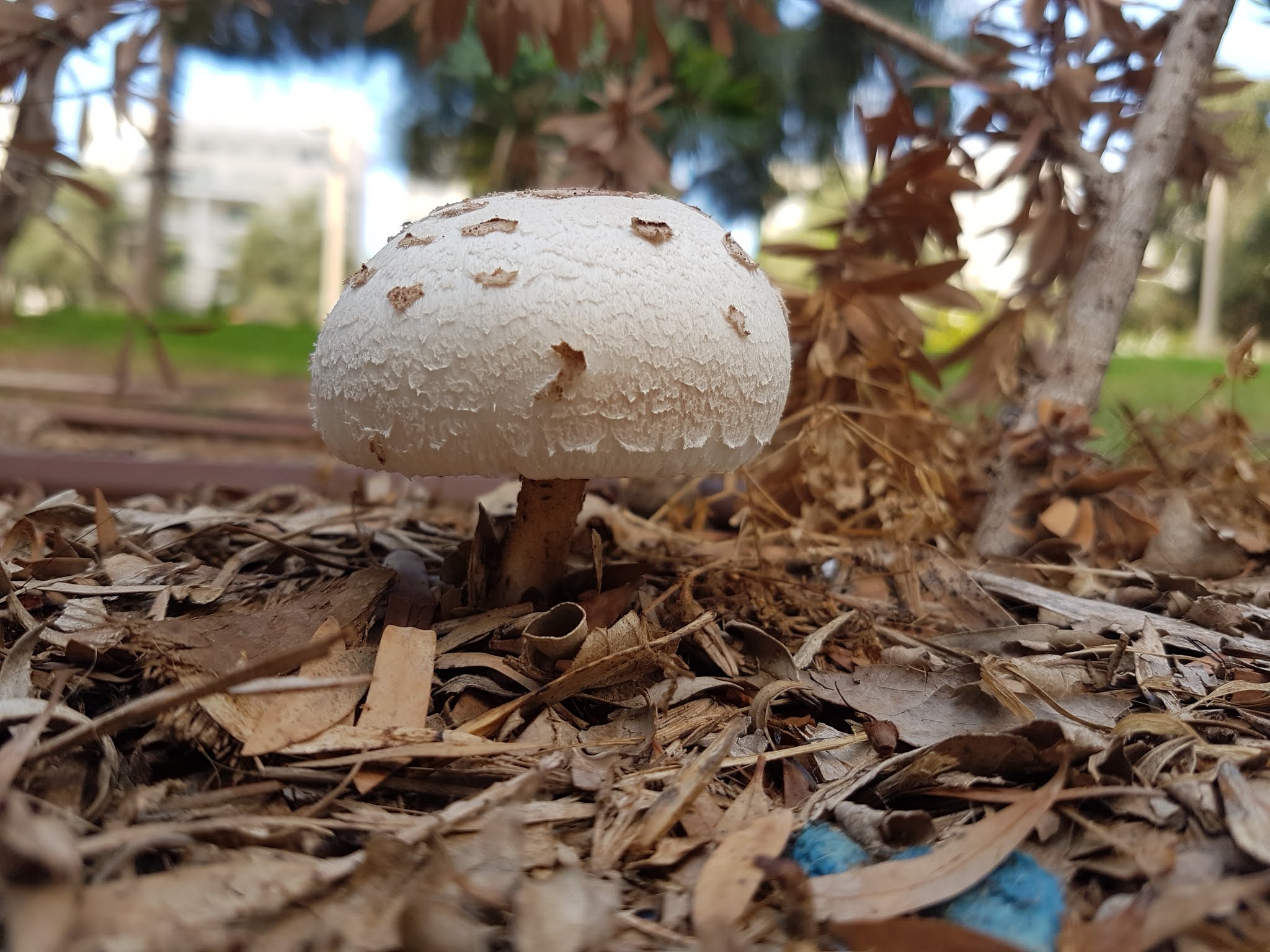Milk made in Israel – with Ibuprofen and Caffeine
June 22, 2020Israeli researchers have found drug and pesticide residues in locally produced milk, but the offices in charge keep passing the buck. "No one in Israel is investigating whether there are any residues of contaminants like pesticides in cattle feed ... It doesn’t interest anyone," says researcher
“I sent a sample of milk to the lab because I suspected residues of a certain chemical,” says Dr. Jakob Shimshoni of the Department of Food Science at the Volcani Center for Agricultural Research.
“I didn’t find the substance I was looking for, but during the test, many other substances were found in the milk sample, which made me say ‘Wow, what’s going on here?'”
Shimshoni realized that the issue required a deeper examination. Therefore, a new study was conducted in a collaboration between Shimshoni’s lab and researchers from the Hebrew University’s Faculty of Agriculture in Rehovot. This study revealed that Israeli milk contains residues of drugs and pesticides at concentrations that are lower than the maximum levels allowed by European regulations. However, they might still be a cause for concern.
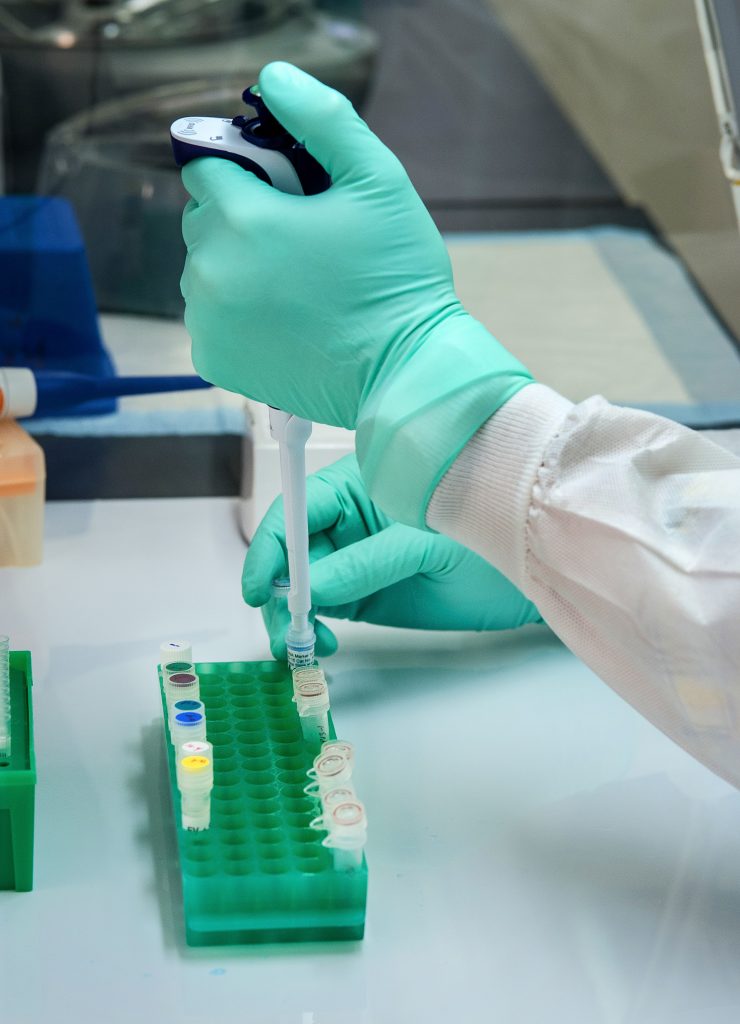
Eight types of pesticides
As part of the study, 51 cow and goat milk samples from the country’s leading dairy companies were tested. In each of the samples, the researchers found at least one contaminant (remnants of drugs or pesticides) – and sometimes five different contaminants in one milk package.
Eight types of pesticide residues that are used to kill insects and fungi were found in the samples. According to the researchers, this is probably because the animal feed is sprayed with these substances.
Out of 17 different drug residues that were tested, three types were found in the milk samples:
Ibuprofen, a common analgesic or painkiller (also known by trade names such as Advil, Nurofen, and Adax), was found at a maximum concentration of 0.04 μg (micrograms) per liter and an average concentration of 0.03 μg per liter in the milk samples. Bezafibrate, a blood lipid prescription drug, was found at a maximum concentration of 0.06 μg per liter and an average concentration of 0.035 μg per liter.
According to the researchers, these substances might also have their origins in the animal feed. The reason for that is that a large portion of the animal feed is irrigated with effluents – purified sewage, which may contain remnants despite the extensive treatment and filtration processes they undergo. This process successfully treats the organic matter but has difficulty handling residues of drugs and chemicals.
This is aggravated by the fact that an additional, quite expensive step that is not currently being carried out – the advanced oxidation process of the treated water, which could potentially also remove inorganic substances.
Cow’s milk was also found to contain caffeine residues (at a maximum concentration of 24 μg per liter and an average concentration of 6.2 μg per liter). Caffeine is included in this group due to its presence in a variety of drugs, although it is also common in food and drinks, making it a frequent environmental pollutant as well.
“No one in Israel is investigating whether there are any residues of contaminants like pesticides in the food that is given dairy cows,” says Shimshoni. “Unfortunately, it doesn’t interest anyone.”
According to Shimshoni, the fact that Israeli law has not set maximum permitted levels in milk for any of the substances found in the study could potentially have adverse health effects for the public.
“When the health and agriculture ministry conduct quality tests for milk, they always look for the same set of substances, and the pollutants we found aren’t included,” he says.
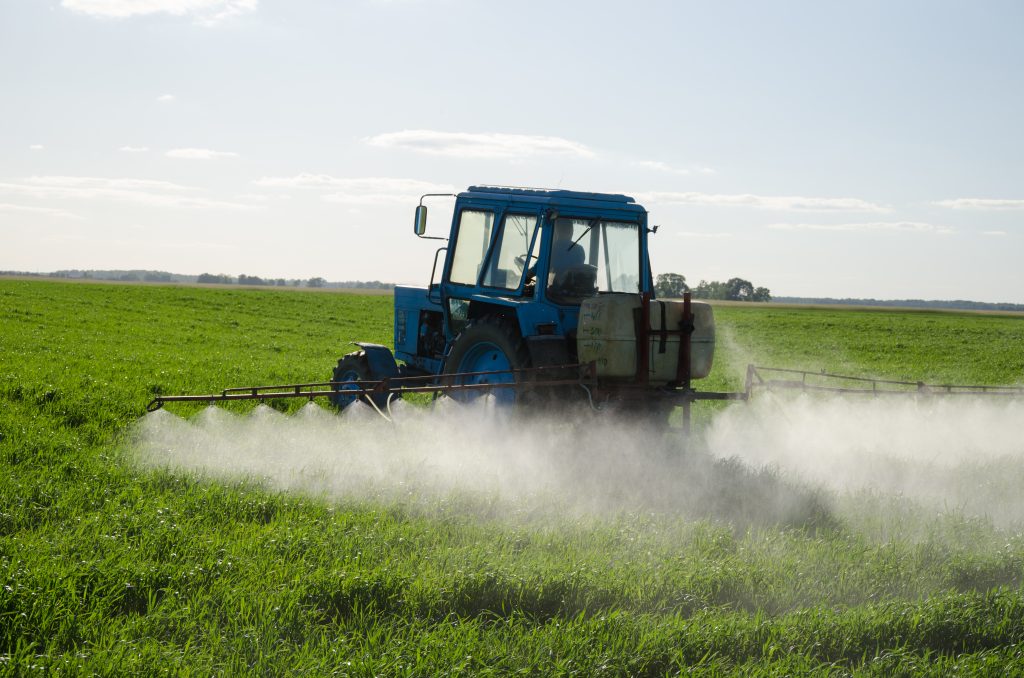
Cumulative risk
European law also does not set maximum permitted levels for caffeine and drug residues in milk, which were found in the study. “It was not even clear to the legislator that these substances needed to be tested,” says Shimshoni.
However, maximum permitted levels for the various pesticides have been set – and the concentrations found in the study are within their range. Nonetheless, according to Shimshoni, these levels may also indicate potential risks.
One reason is that the levels of contaminants in milk may be higher at other times when tests were not taking place, but this cannot be known as their presence is not being tested.
“Such a phenomenon might be caused by fluctuations in consumption and use of pesticides and drugs,” says Shimshoni. “It is quite possible, for example, that in certain seasons most pesticides will be used in the fields, so that the concentration of pesticide residues in animal feed, and hence in the milk, will be higher.”
In addition, it should be noted that the researchers calculated the levels of exposure to pollutants according to the average milk consumption in Israel, which according to the Milk Council’s data, is 150 milliliters a day.
“It’s less than a glass of milk,” says Dr. Hagit Ulanowsky, a health and environmental risk management expert and founder of The Israeli Forum for Sustainable Nutrition.
Ulanowsky says that people who consume milk in above-average quantities may be exposed to problematic levels of contaminants. “Moreover, people who drink milk usually also consume other dairy products, such as cheese and yogurt,” she says.
These products have not been tested in the study, and it is unknown whether the contaminants found in milk also exist in them.
In addition, milk is not the only source through which we may be exposed to pollutants found in the study. “Some of these ingredients can be found in the fruits and vegetables we consume,” says Shimshoni. According to him, it is necessary to check whether exposure to various contaminant sources results in problematic exposure levels.
Next, Shimshoni and his team are planning to see if dioxins, a group of carcinogenic by-products of petrochemical industries that are spreading in the air and the environment, can be found in Israeli milk. “These are the most toxic industrial products,” says Shimshoni. “Dioxins are regularly monitored in milk in Europe and the United States, but not in Israel.”
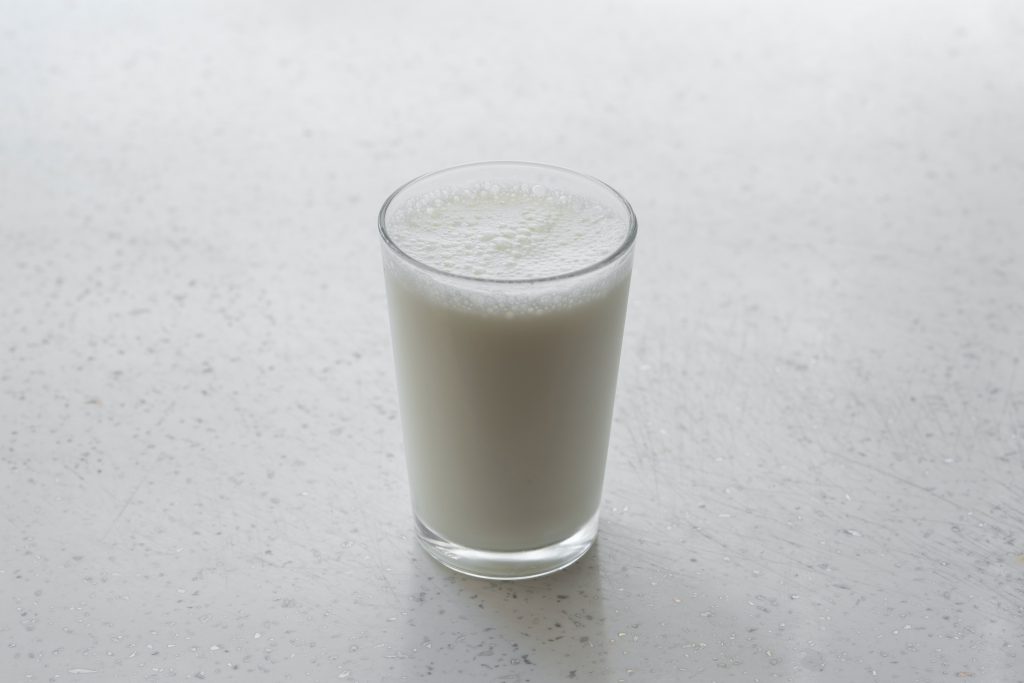
A problem that must be faced
According to Ulanowsky, “maximum permitted levels for milk should be determined for the various substances found in the study.”
“It’s important to convince those who believe in public health that there is a need to check for the presence of additional substances in milk, “adds Shimshoni.”
“In addition, the welfare of the animals in the industry and the cleanliness of their food must be taken care of because what we do to the animals eventually comes to us. It is sad that there is no awareness of this does at the responsible authorities.”
Ulanowsky emphasizes that further research is needed to find potential solutions to reduce the diversity and concentrations of pollutants in milk, especially since irrigation with treated wastewater is very common in Israel compared to the rest of the world (close to 90 percent of wastewater in Israel is reused, with the majority going into irrigation).
“Maybe you can spray less in fields where animal feed is grown? Maybe you can wait before the animals are fed with farm produce that has been sprayed so that the pesticides have time to break apart like it is done with human food? Maybe you should prohibit the use of some of the pesticides in crops intended for cattle? One needs to research the issue and find out the best solution,” she says.
It is also possible and necessary to check whether effluent treatment used to irrigate agricultural crops by means of advanced oxidation will remove all the contaminants discovered in the study.
Other theoretical solutions may include the use of appropriate food and agriculture technologies.
“Perhaps it is possible to remove the ingredients from the milk or animal feed and to deal with the problem actively,” Olanowski concludes. “Surely, ignoring the matter is not the solution.”
The Ministry of Agriculture responded:
In stark contrast to how it is portrayed in this article, there is no danger to public health here,
because these are negligible and minimal levels that do not approach the permitted maximum levels at all. The findings indicate that these are substances used in human medicine or in their diet and not in the care or feeding of animals.
The residue source is most likely to be found in reclaimed water used for irrigation of fields for animal feed. Water control is the responsibility of the Ministry of Health, so they should be contacted on the issue. “
The Ministry of Health responded:
“Examination of biological residues and pesticides in milk is done by the Veterinary Services of the Ministry of Agriculture. The pesticide residue regulations in food that are shared by the Ministry of Health and the Ministry of Agriculture set maximum permitted levels of pesticide residues in food, including milk. The responsibility and supervision of animal feed are under the authority of the Ministry of Agriculture.
Before setting a work plan on animal feed sampling, the matter will be discussed by a steering committee that includes representatives from various fields, including the Ministry of Health.
As can be seen from the results of the study presented, the residuals identified are low, and the researchers’ conclusions in light of the data are that the risk to the public from exposure to these residues is negligible. “
This ZAVIT article was also published in NoCamels on 06/18/2020.
